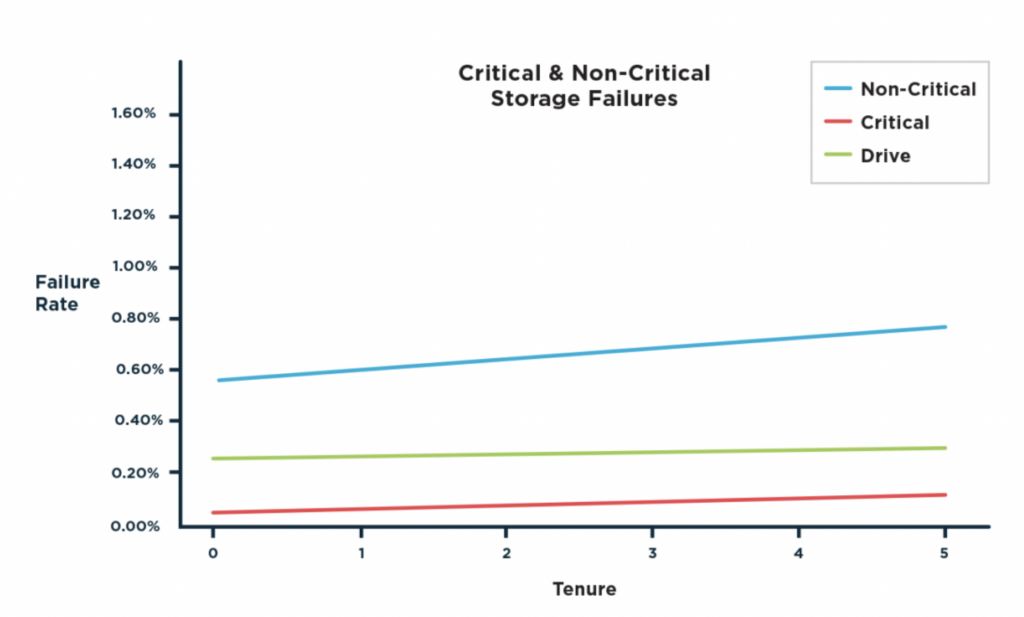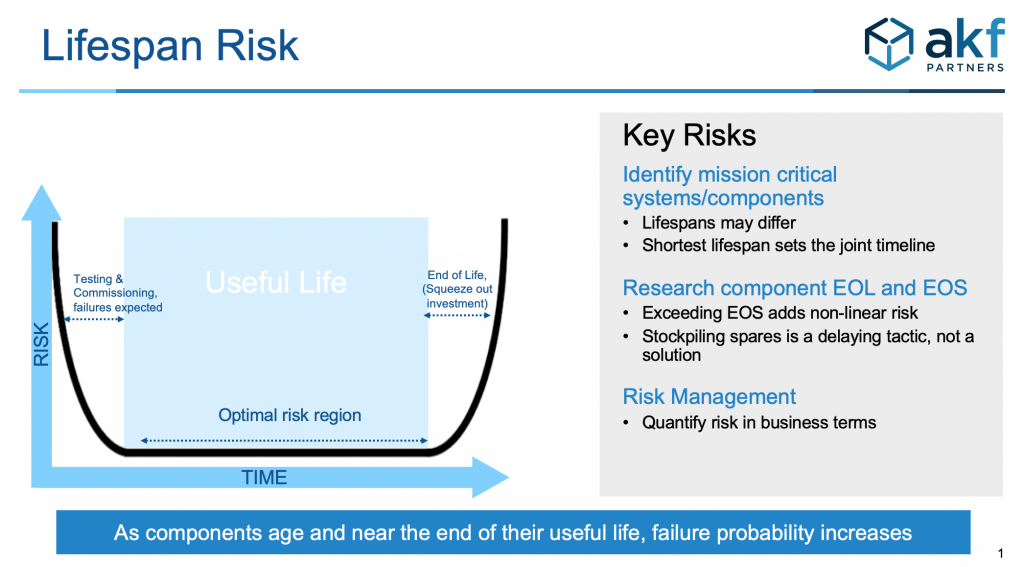
In order to begin outlining the lifespan of a Data Center, it is first important to distinguish which particular types of facilities we are discussing as well as the two main categories of equipment: infrastructure hardware, and IT equipment.
It is widely noted that servers and IT equipment used by customers of a Data Center can face yearly upgrades and innovations, increasing computing power and efficiency. This can have a huge impact on the decision of the customer to continue using their current gear, or improve their computing capacity. The demand for more data plays a key role in this decision.
However, servers and IT equipment aren’t actually replaced on a yearly basis – this wouldn’t be feasible from a costs and operational standpoint. Specifically, servers are often replaced every 3 – 5 years on the basis that, the longer the equipment stays operational after this time, there is an increasing risk of failure due to the degradation of the storage components.

It is important to note that, while IT equipment is replaced every 3 – 5 years, the actual longevity of a server can be up to 8 years if properly maintained and a reasonable load is demanded from it. There are some instances in which OEM support expires after 5 years which can trigger the decision for replacement, among other justifications.
This frequency of replacement is seldom environmentally friendly and more can be done to sustainably carry out these replacements.
Below, we have noted some figures representing industry average lifespans of infrastructure hardware:
– UPS batteries – 4 years
– IT and networking gear – 3 to 5 years
– Galvanized steel cooling tower – 10 years
– Computer room air conditioning/handler (CRAC/CRAH) – 12 years
– Programmable logic controlled switchgear – 15 years
– Electrical distribution board – 25 years
– Diesel generator – 30 years
– Water piping for chillers – 30 years
Similar to the servers and IT equipment mentioned in the paragraphs above, these products can have a much longer lifespan than their average deployment time. One of the main drivers of this replacement is the data center owners’ capacity towards accepting risk, which can be impacted by various circumstances such as the equipment reaching the end of OEM service. The chart below, drawn out by AKF Partners, shows the exponential increase in risk which is presented by such circumstances:

Operating a high-risk data center which has a high reliability requirement by the customers can have harmful impacts in the circumstance of failure, as seen in the Wells Fargo outages of early 2019. This makes it a logical decision to adequately ensure that the hardware in a mission critical facility is not only up-to-date, but of the highest standard of quality and maintenance.